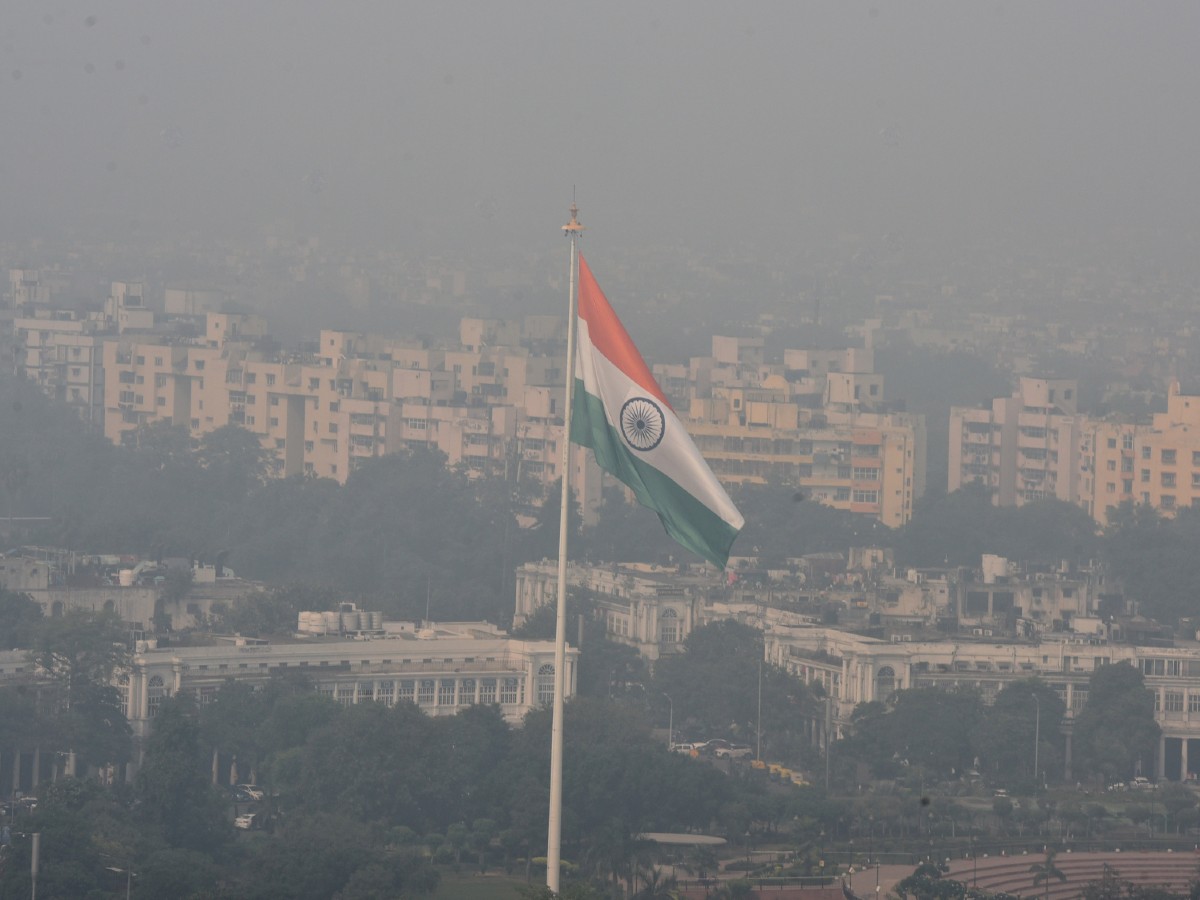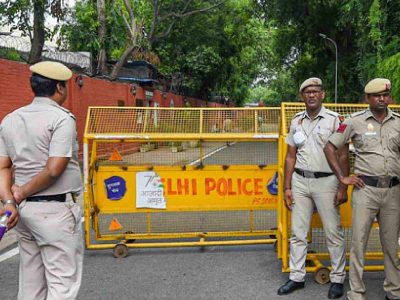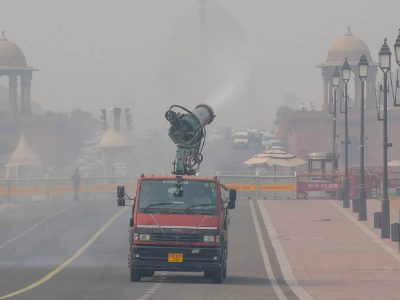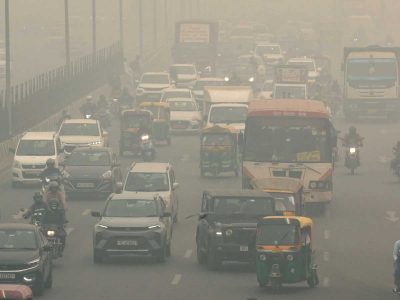In a recent study, Delhi has emerged as the world’s most heavily polluted city. This research also highlights a concerning projection: if the current pollution levels continue to exceed the World Health Organization’s (WHO) established limits, the residents of Delhi could face a staggering loss of 11.9 years from their life expectancy.
The Air Quality Life Index (AQLI), introduced by the Energy Policy Institute at the University of Chicago, has unveiled some alarming findings. It reveals that all 1.3 billion inhabitants of India are situated in regions where the yearly average concentration of particulate pollution surpasses the 5 g/m3 limit designated by the WHO. Additionally, a striking 67.4% of India’s population resides in areas that surpass the nation’s own air quality standard of 40 g/m3.
The research emphasizes that fine particulate air pollution, commonly referred to as PM2.5, is responsible for diminishing the life expectancy of the average Indian by 5.3 years compared to the projected lifespan under the WHO’s 5 g/m3 pollution threshold.
According to the AQLI, Delhi stands as the most polluted city worldwide. If the current pollution levels persist, its populace of 18 million could potentially experience an average reduction of 11.9 years in life expectancy in comparison to the WHO limit. Moreover, this reduction could reach 8.5 years when compared to the national air quality guideline.
Even in regions with the least pollution, such as Pathankot in Punjab, the impact is stark. Particulate pollution in these areas exceeds the WHO limit by over seven times, potentially leading to a life expectancy reduction of 3.1 years under the current conditions.
Over the years, particulate pollution has witnessed an upward trend. The period from 1998 to 2021 saw a 67.7% surge in the annual average particulate pollution in India, causing an additional decline of 2.3 years in the average life expectancy, according to the report.
Between 2013 and 2021, India contributed to 59.1% of the global increase in pollution. In the most affected region of the nation, the northern plains, over 521.2 million individuals (38.9% of India’s population) could potentially see a decrease of eight years in their life expectancy relative to the WHO guideline and 4.5 years relative to the national standard if pollution remains at current levels.
While geological and meteorological factors exacerbate particulate pollution in the northern plains, data on PM2.5 with dust and sea salt removed suggest a significant human-driven contribution to severe pollution. This is likely due to the region’s high population density, which is nearly three times greater than the rest of the country. Consequently, there’s more pollution generated from sources such as vehicles, residences, and agriculture.
Michael Greenstone, the Milton Friedman Distinguished Service Professor in Economics and the mind behind AQLI, emphasized that a large portion of air pollution’s impact on global life expectancy is concentrated in six countries: Bangladesh, India, Pakistan, China, Nigeria, and Indonesia. In these nations, people lose between one to over six years of their lives due to air quality.
In 2019, India launched the National Clean Air Programme (NCAP), aiming to reduce particulate pollution by 20 to 30% nationally by 2024 compared to 2017 levels. The program was focused on 102 cities that didn’t meet India’s PM2.5 standard. These were termed “non-attainment cities.”
In 2022, the government revised the particulate pollution reduction goal for NCAP, setting a 40% reduction target by 2025-26 compared to 2017 levels for 131 non-attainment cities. If met, this would lead to a significant decrease in PM2.5 exposure in these cities, resulting in a life expectancy increase of 2.1 years for the average citizen living in these areas. This achievement would also extend the average Indian’s life expectancy by 7.9 months. Notably, around 30% of these targeted cities are located in the northern plains of India.
(With PTI inputs)





